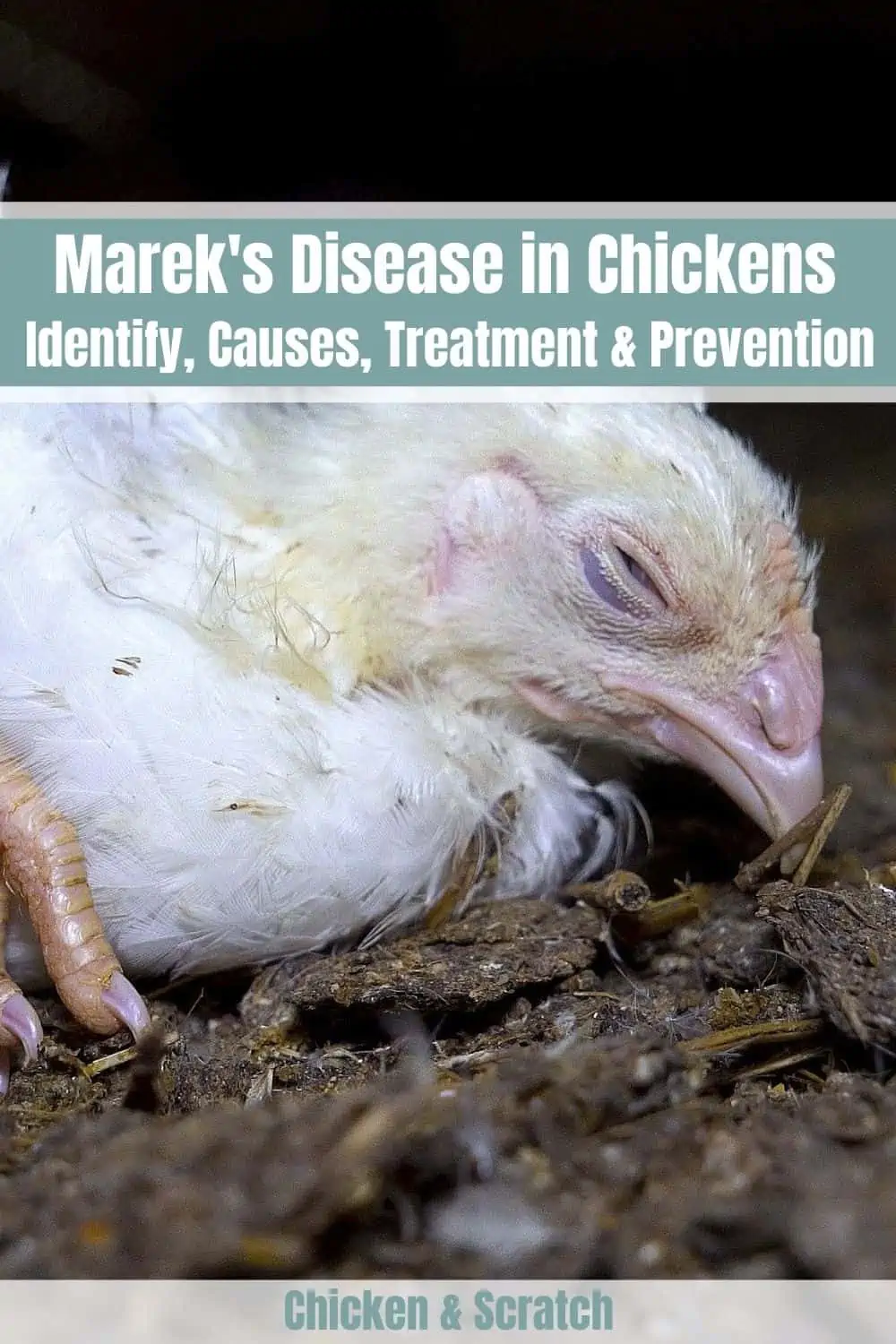There are many problems that could hit chickens. One of those is Marek’s disease.
What is it exactly? Well, let us answer that today. One of the best ways to protect our chickens is to know what could harm them in the first place, after all.
Today, we will talk about how to identify this disease. We will also study its causes and learn how to prevent it. Of course, we will also talk about its treatment. By the end of this discussion, we believe you will be ready for it.
This article will cover
- What is Marek’s Disease?
- Identifying Marek’s Disease
- Treating Marek’s Disease
- Causes of Marek’s Disease
- How Does Marek’s Disease Spread?
- Preventing Marek’s Disease
- What to Do If One of Your Chickens Get Infected?
- Other Health Considerations
- Health Management
What is Marek’s Disease?
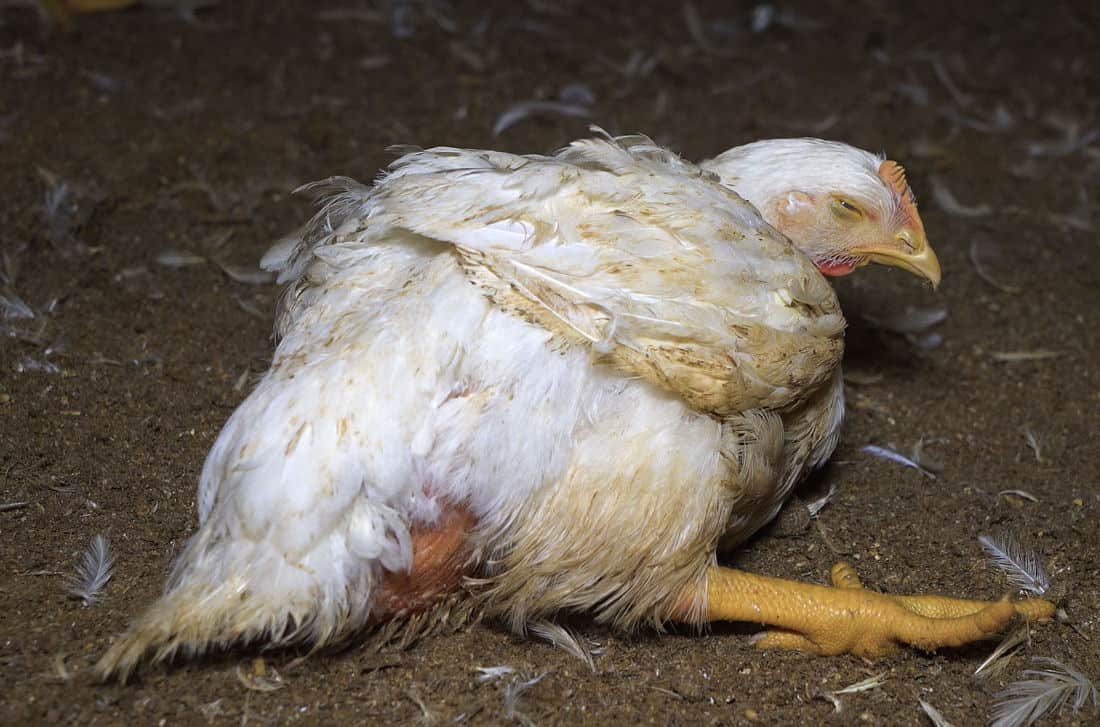
Marek’s disease (MD) was named after Josef Marek, the vet that first described it in 1907.
Marek’s is caused by the herpes virus. It is most common among chickens, especially the young ones.
It is one of the biggest problems in the chicken community.
One, because of how easy it is to pass on.
Two, because of how dire the outcome looks once a chicken gets it.
Identifying Marek’s Disease
Marek’s disease is not always easy to recognize.
You cannot see many of the signs of Marek’s disease. That is because most of the action takes place inside the body of the chicken.
Many of the signs that you would be able to recognize are also present in other problems. For starters, a change in weight and heavy breathing are some of its signs. As you would already know, these things are also in many other illnesses.
There are a few signs best connected with Marek’s. Note that they are not all easy to spot.
Tumors can grow almost everywhere in a chicken with this problem. Usually, they develop on the insides of the chicken, but they could also be on the feather follicles.
To add, you can also look at the eyes of your chickens. Is it graying? Does it look weird? These are also signs of this problem.
There is one symptom that is best known as being connected to Marek’s disease. Paralysis. Usually, it puts the chicken in a split position. If you see your chicken in this position, it would be best to contact a vet as soon as possible.
Treating Marek’s Disease
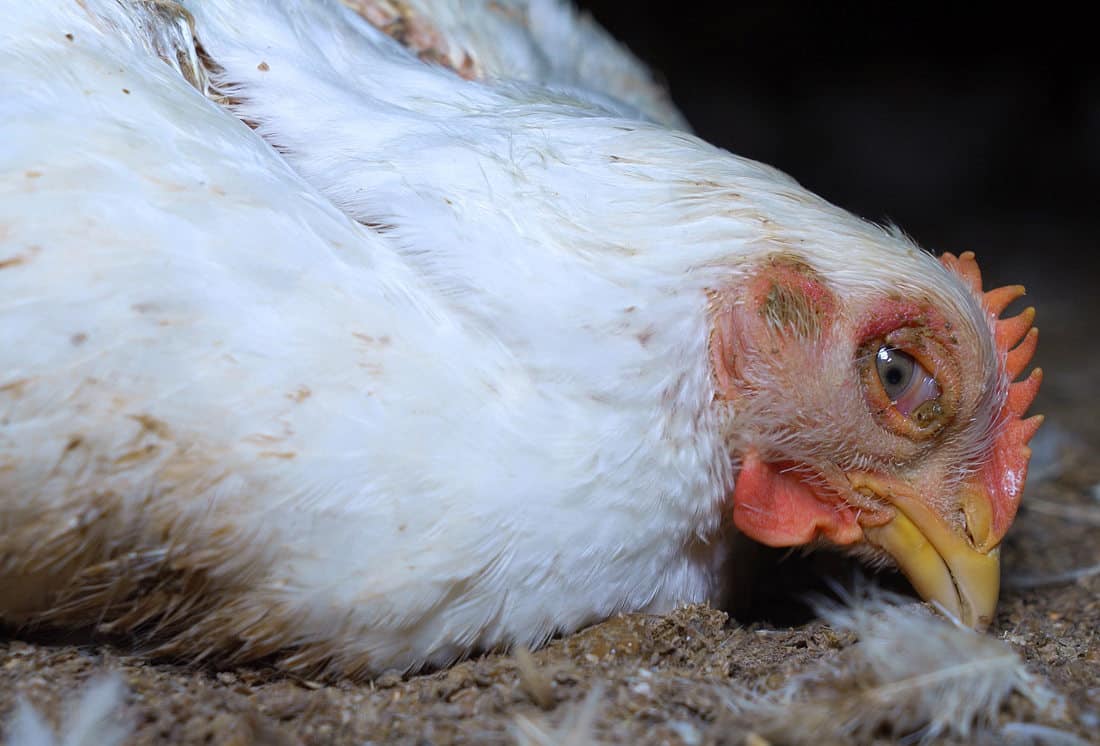
One of the reasons that make this disease dangerous is that there is no treatment for it. Hopefully, science will find a way to treat this problem in the future. For now, that is not in our reach.
Causes of Marek’s Disease
The cause of Marek’s disease is a virus. Specifically, one linked to those that bring about herpes in humans. You do not need to worry. This one will not make you sick.
How Does Marek’s Disease Spread?
On a bigger scale, one infected chicken is enough to cause other chickens to get sick. As we have said earlier, this disease is easy to pass from one chicken to another. The infected chicken does not even have to be there to do this.
An infected chicken can spread this disease by simply living. For one, it will unconsciously shed its dander (skin flakes) where it goes. These flakes could then be a means of infecting other chickens.
Preventing Marek’s Disease
There is no treatment for Marek’s disease. Because of this, the chicken community has focused on preventing it instead.
The best way to prevent this disease is vaccination.
When buying chicks and chickens, many hatcheries ask if you want the birds to be vaccinated or not. Others are extra careful and only sell vaccinated birds.
If you hatch and raise chicks, you might have a hard time with vaccination. Finding a place that will sell you the vaccine might already be challenging. To add, giving it to your chicks and chickens could also be a little hard. You have to follow the procedure on the label exactly, or it might not work.
What to Do If One of Your Chickens Get Infected
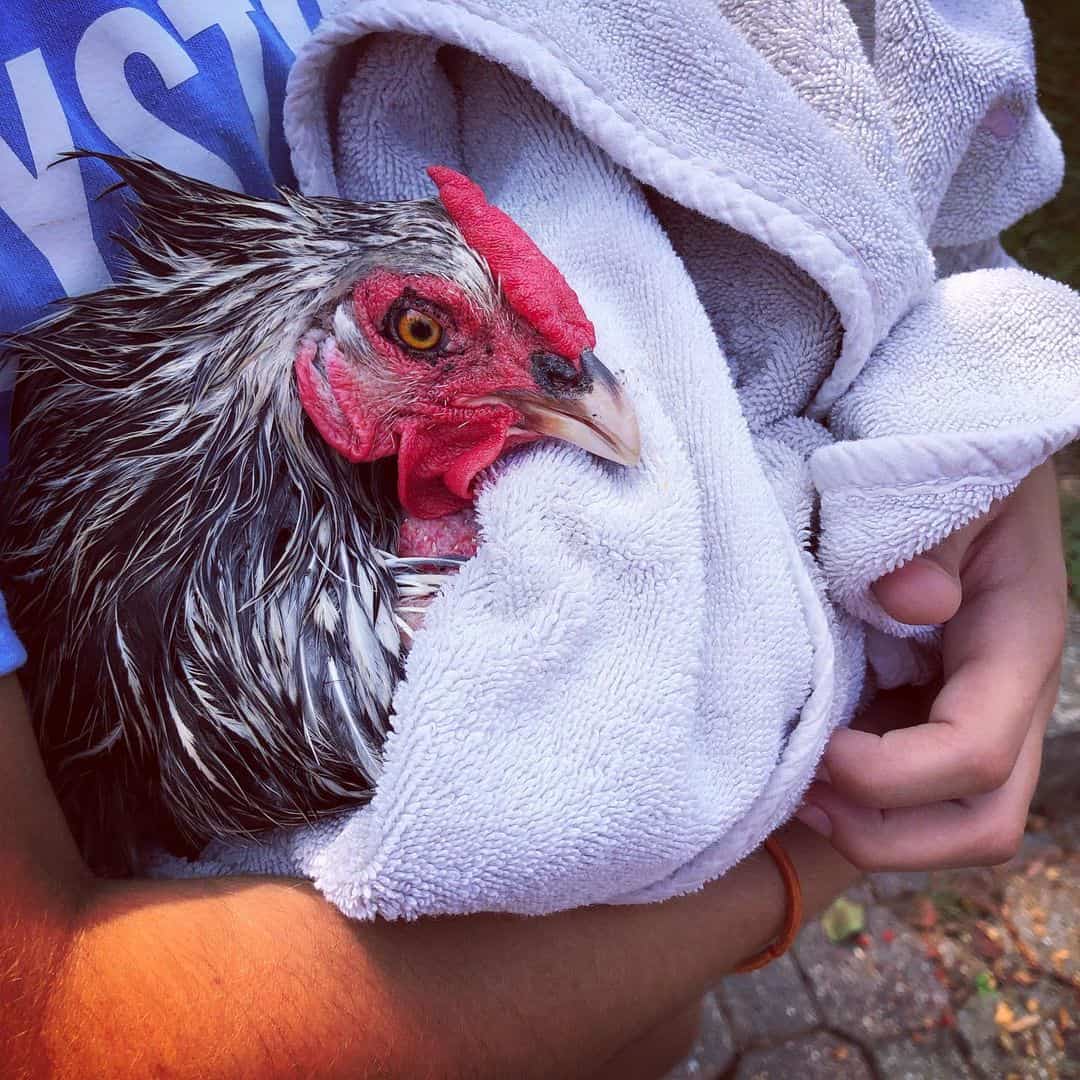
The Infected Chicken
Once a chicken catches this disease it would be best to separate it from its flock as soon as possible. Many would suggest putting down the sick bird too.
Don’t want to put the bird down? Depending on the seriousness of the matter, it might be possible to continue caring for the bird. This option is usually not recommended. It will be dangerous to the other chickens, and it could also be stressful for everyone.
The Flock
Marek’s is a tricky problem. It is hard to get rid of it completely.
If it has spread to most of your chickens, it might prove to be impossible to save the others. It is not easy or pretty, but you might have to start all over again.
If you want, you might be able to save your birds.
First, you want to separate the infected ones. Move these chickens as far away as possible from the others.
After that, if you could, move the rest of your flock to a clean area.
If you took care of the infected bird first, it would be a good idea to take a shower and change into some new clothes. Do not forget to change your footwear too!
Lastly, deep cleanse their old coop.
Despite cleaning that area, it would be a good idea to keep the flock off of it for as long as possible.
New Flock Members
Once you get an infected chicken, it would be a good idea to vaccinate any new members before you bring them home.
It might be a good time to mention that vaccines are the best prevention, but it does not stop Marek’s. A vaccinated chicken can still get infected. It can also still infect others. The vaccine only helps protect the chicken from developing the disease.
One way vaccines work is by increasing immunity. As you can imagine, it will not fully work if the receiver does not even have a developed immune system yet.
With that said, it would not be a good idea to let the chicks join the flock immediately. Separate them from the other birds for at least a week or two. The longer, the better.
Other Health Considerations
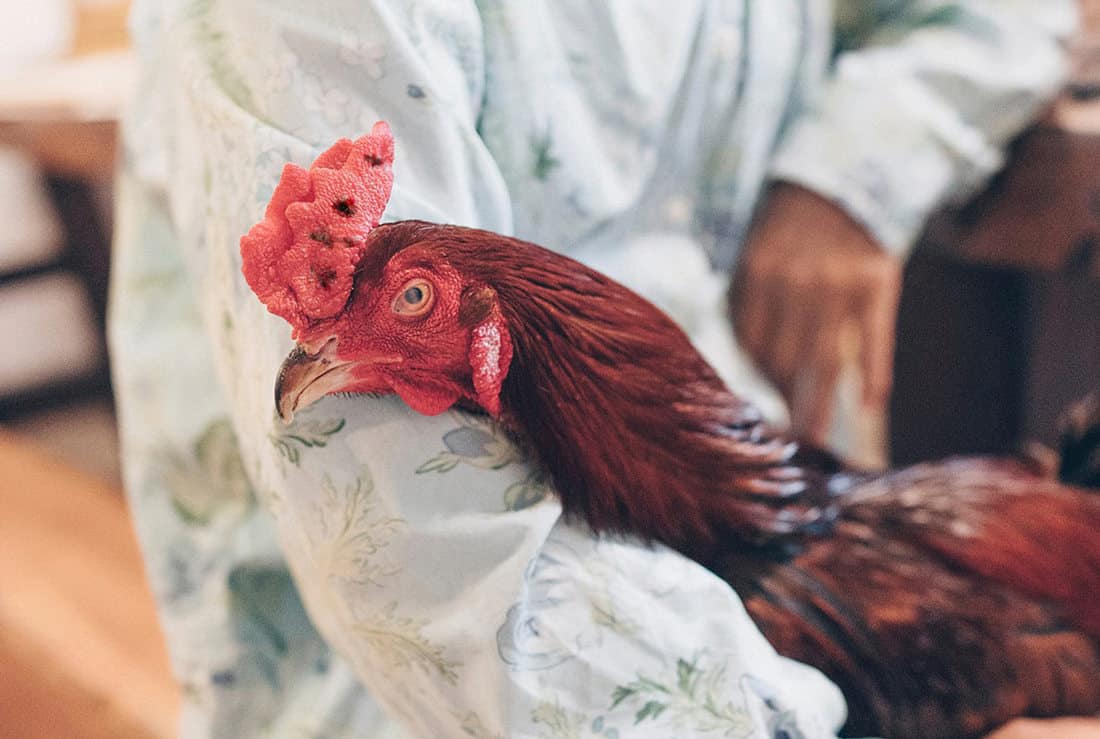
Other Birds
Many chicken handlers also keep other kinds of birds. Marek’s disease commonly affects chickens, but it can still affect other birds.
Many handlers keep all their birds in one place. Do you do the same? If so, you should also worry about your other feathery friends if one of your chickens gets infected.
Eggs and Meat
This disease could be passed on in many ways, but you do not have to worry about the unborn chicks.
MD cannot be passed on to the egg. The chick will be safe inside the egg, and it will remain safe unless it gets exposed to it.
Are you wondering if the eggs are safe to eat? Well, you don’t have to worry. They are. The meat would also be safe to eat. You only need to handle the eggs and the meat properly. We do not recommend consumption of the meat, though.
Health Management
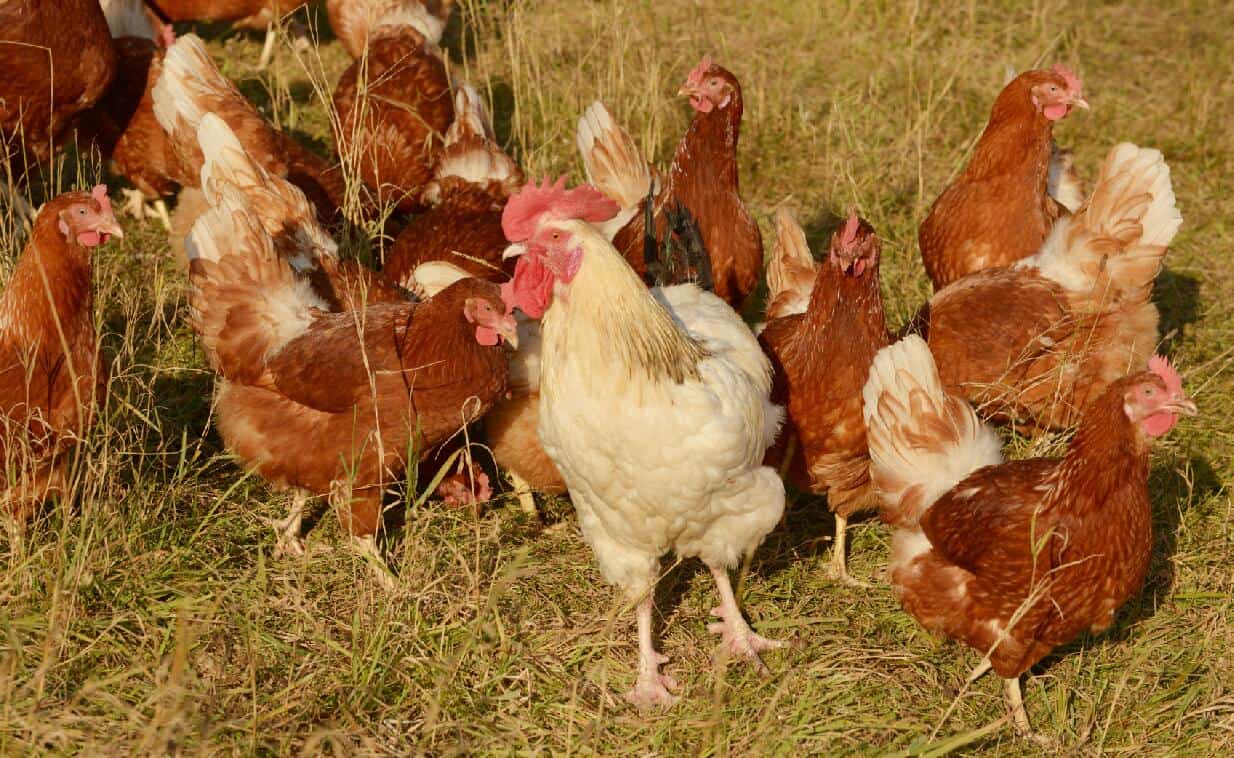
When it comes to Marek’s, vaccination is the best preventive measure.
Still, there are other things that you should not forget to keep happy and healthy chickens on your hands.
Cleaning
Keeping the coop and the run clean. Also, you should check the feeder and the waterer often. Many problems, like Vent Gleet, could be from an unclean chicken environment.
Diet
A healthy and balanced diet is vital in the life of a happy chicken. Give your chickens a mix of feed and treats.
Do not forget not to give too many treats!
Stress Management
Stress could make chickens sick. A stressed-out chicken could also bring you and your flock many problems.
Heat could stress out a bird. Make sure to provide enough water and shade when the hot seasons arrive. Refreshing treats like watermelons will also help.
Of course, danger is another common thing that could stress out a chicken. Make sure their coop and run are secured. Frequent encounters with predators could rattle them. Later on, it could also help with making them sick.
Space is another thing to consider. Too little space could stress a bird out. Try giving them toys like a chicken swing to make up for the lack of space.
Summary
Marek’s disease is one of the most common and dangerous problems in the chicken community.
It could be hard to spot, but you now have an idea of how to identify it. You now also know its causes and the prevention for it.
To add, you also found out that it does not have any treatment. With all your new knowledge of Marek’s though, we believe it is a problem that you will not have to face.
We talked about the different health-related problems you might have to face. As you have seen, sometimes, the best way to deal with a problem is to prevent it from happening in the first place.
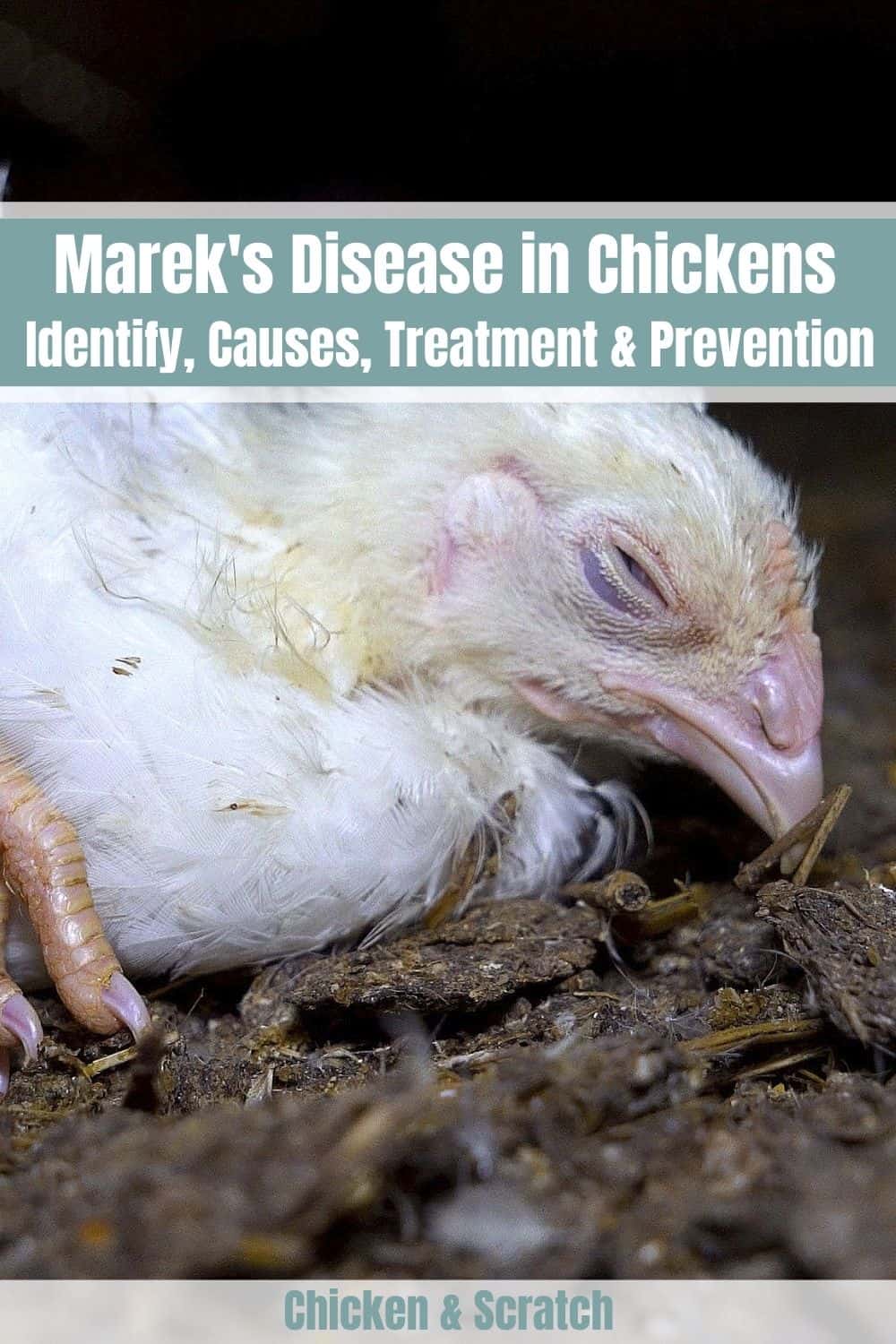

Joseph Hudson has been raising chickens for over 15 years. In 2018, he completed the Agriculture & Natural Resources program at Mt. San Antonio College. He currently raises over 1400 chickens on his 7.5-hectare farm. He keeps sharing his experience on raising healthy and happy chickens on Chicken Scratch The Foundry.

